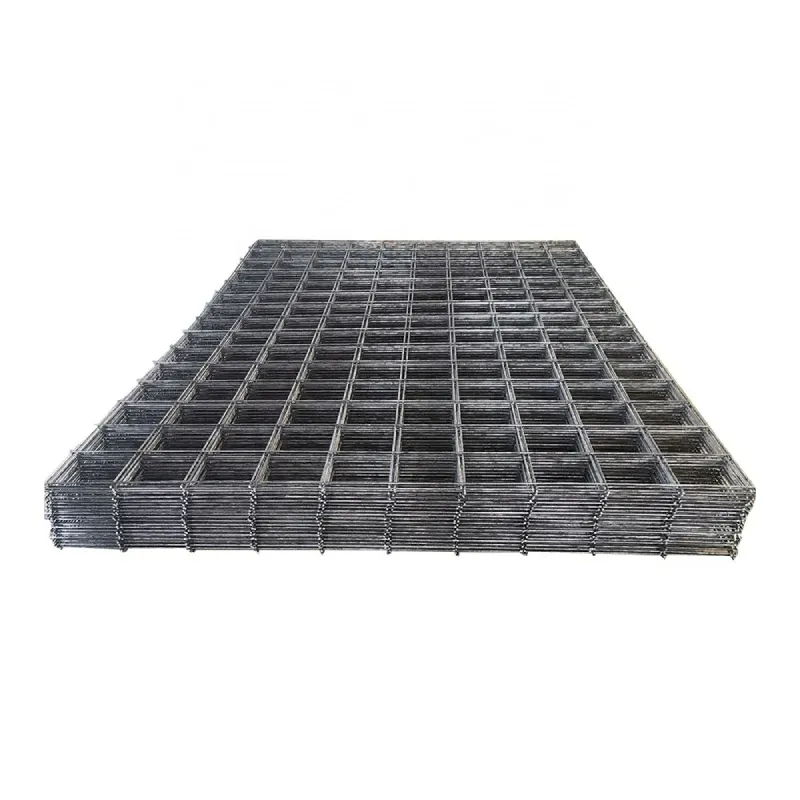Wind Control and Dust Suppression Fences A Sustainable Solution
In recent years, environmental concerns regarding air quality and dust pollution have escalated, prompting industries and urban planners to seek effective solutions for dust suppression. One innovative and sustainable method that has gained popularity is the use of wind control and dust suppression fences. These fences serve as a barrier against wind, reducing the dispersion of dust particles into the air and ultimately improving air quality.
Dust pollution is an acute issue in many regions, particularly in construction sites, mining areas, and agricultural fields. Dust not only affects human health, leading to respiratory issues and allergic reactions, but it also impacts the environment, wildlife, and even property. The introduction of wind control fences has emerged as a viable strategy to mitigate these issues by utilizing the natural dynamics of wind to our advantage.
Wind Control and Dust Suppression Fences A Sustainable Solution
One of the key benefits of wind control fences is their ability to create a microclimate. By reducing wind speed, these barriers help maintain soil moisture, which is essential for agricultural activities. When the soil remains moist, it produces less dust, facilitating a safer and healthier environment for both workers and nearby communities. Additionally, the maintenance of soil moisture supports plant growth, fostering a more sustainable ecosystem.
wind contorl dust suppression fence

Furthermore, wind control and dust suppression fences can be integrated with other dust control techniques for enhanced effectiveness. For instance, when combined with water spraying or the application of dust suppressants, these fences can dramatically decrease airborne dust levels. This multi-faceted approach allows industries to comply with regulatory standards and protect public health while maintaining productivity.
Installing wind control fences is also a cost-effective solution when compared to more mechanical means of dust suppression, such as vacuum systems or advanced filtration technologies. Once installed, these fences require minimal maintenance and can last for many years, depending on the materials used. This longevity, combined with their low operational costs, makes them an attractive option for many businesses and municipalities.
Another significant advantage of wind control fences is their adaptability. They can be designed to suit various environments and specific dust control needs. For instance, during periods of high dust generation, additional panels can be erected to increase the height and density of the barriers. Similarly, these fences can be removed or modified when conditions change, showcasing their flexible approach to dust management.
In conclusion, wind control and dust suppression fences are a sustainable and effective solution to combat dust pollution. They provide numerous environmental benefits, including improved air quality, enhanced soil moisture retention, and a safer working environment. As industries continue to prioritize sustainability and environmental protection, the implementation of wind control fences stands out as a simple yet efficient tool in the ongoing fight against dust pollution. By investing in such solutions, we not only address immediate concerns but also contribute to a healthier planet for future generations.
-
Comprehensive Guide to Steel Grating Price and Its Global Impact
NewsNov.24,2025
-
Understanding Heavy Duty Steel Grating Price: Global Insights & Industry Trends
NewsNov.23,2025
-
Essential Guide to Wire Mesh Grating: Uses, Benefits & Innovations
NewsNov.23,2025
-
Welded Steel Bar Grating: Durable Solutions for Industrial Walkways & Infrastructure
NewsNov.22,2025
-
Wedge Wire Drain Solutions: Durable, Efficient Water Filtration and Drainage
NewsNov.22,2025
-
Comprehensive Guide to Twisted Bar Grating – Uses, Benefits & Future Trends
NewsNov.22,2025
Subscribe now!
Stay up to date with the latest on Fry Steeland industry news.

